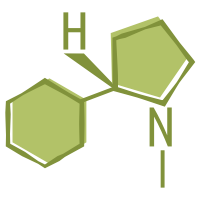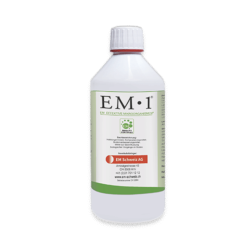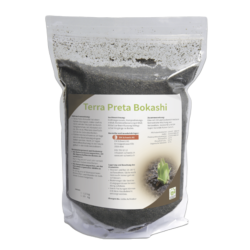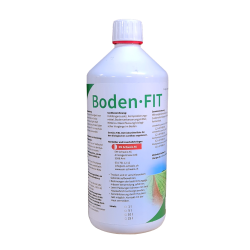EM Switzerland
EM is a human-friendly and environmentally safe product of EMRO (EM Research Organization, Japan), which creates synergistic effects by combining beneficial microorganisms (existing in nature) such as lactic acid bacteria, yeasts and photosynthetic bacteria. It was developed by Professor Teruo Higa in 1982. EM activates microorganisms already present in soil and water and maximizes their natural power/effect. The term "EM" represents a range of microbial products used in numerous applications such as agriculture, livestock, environmental purification/protection and healthcare, in more than 100 countries around the world.
The trademark or trade name EM belongs to EMRO and is used for a selection of products.
EM increases the diversity of microorganisms
Healthy soil and clean water are maintained by the diversity and balance of the microorganism community that naturally occurs in it. For example, when the balance of microorganisms in the soil is disturbed, the soil becomes impoverished and plants grow poorly. When the soil's microbiology is in balance, plants will be healthy and thus more resistant to damage caused by disease or pests.
In polluted rivers, organisms that cannot survive in disturbed environments die out and the ecosystem becomes impoverished or destroyed. When the diversity of microorganisms is high, the reverse is true, the ability of natural self-purification is enhanced and the water becomes clean again. The reason why EM can solve these problems is that EM restores a healthy balance of microorganisms in the ecosystem, increasing its ability to self-purify.









































































